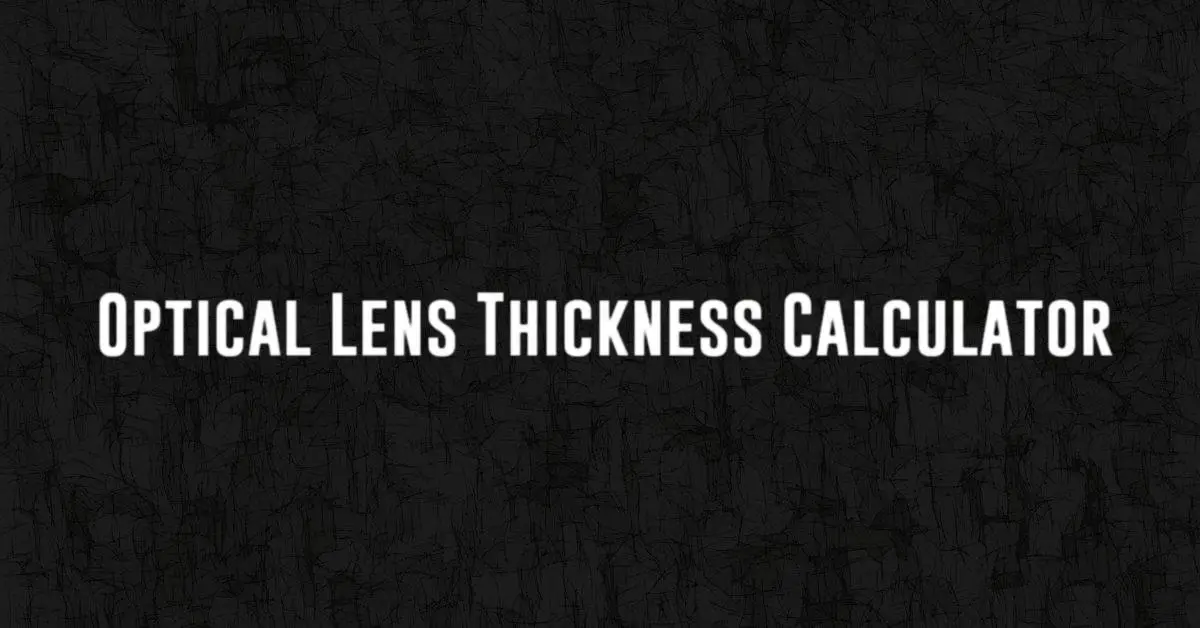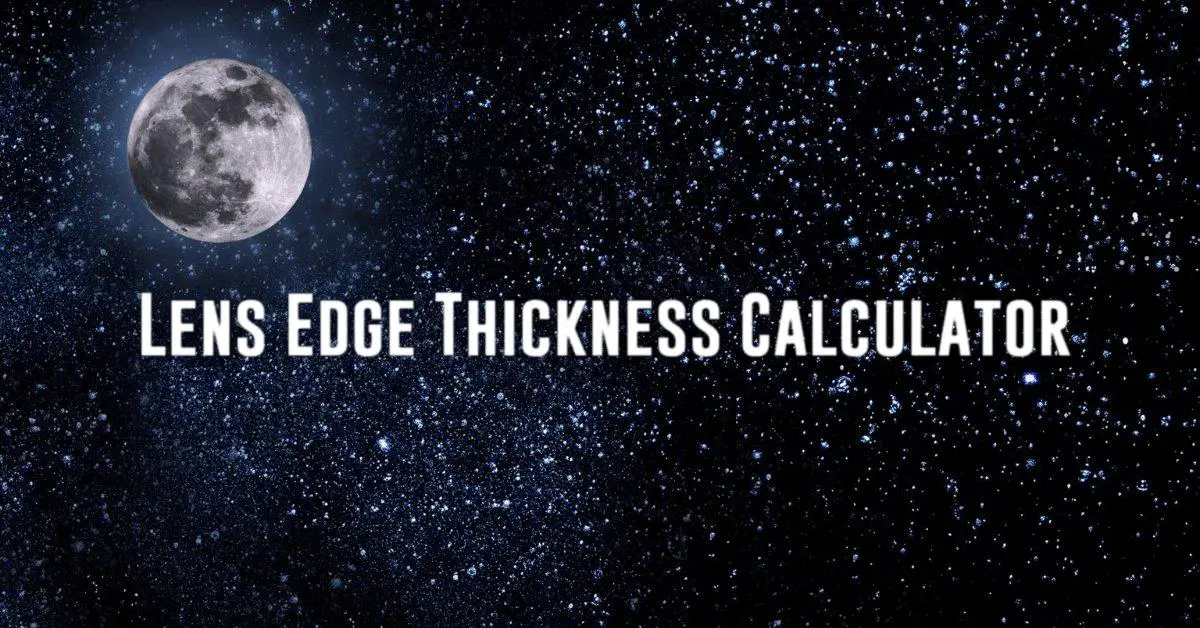IOL Calculator After Lasik
IOL calculation after LASIK surgery is a crucial step in determining the power of the intraocular lens that will be implanted during cataract surgery. LASIK surgery changes the corneal curvature, which can affect the accuracy of IOL power calculations. Therefore, it is important to use specialized formulas and techniques to ensure the best possible outcomes for patients undergoing cataract surgery following LASIK.
| Parameter | Value | Result |
|---|---|---|
| Measured Refraction (MR) | ||
| Target Refraction (TR) | ||
| IOL Power (P) |
Importance of IOL Calculation After LASIK
After LASIK surgery, the cornea undergoes changes that can alter the refractive power of the eye. This can make it difficult to accurately predict the power of the intraocular lens needed to correct vision during cataract surgery. Incorrect IOL power calculations can result in residual refractive errors, such as myopia or hyperopia, that may require additional surgical interventions or leave patients dissatisfied with their visual outcomes.
Challenges in IOL Calculation After LASIK
Calculating the correct IOL power after LASIK surgery presents several challenges. The corneal curvature measurements used in traditional IOL power calculations may not accurately reflect the changes in corneal shape that occur following LASIK. Additionally, the calculation formulas themselves may not be optimized for post-LASIK eyes. These factors can lead to errors in IOL power prediction and compromise the visual outcomes of cataract surgery.

Specialized Formulas and Techniques
To overcome the challenges of IOL calculation after LASIK, ophthalmologists use specialized formulas and techniques that take into account the corneal changes induced by LASIK surgery. These formulas adjust for the altered corneal curvature and provide more accurate predictions of the IOL power needed for optimal visual outcomes. Some commonly used formulas for IOL calculation after LASIK include the Shammas-PL formula, the Haigis-L formula, and the Barrett True-K formula.
Preoperative Evaluation
Before performing cataract surgery on a patient who has had previous LASIK surgery, ophthalmologists conduct a thorough preoperative evaluation to assess the corneal shape, thickness, and other parameters that may affect IOL power calculation. This evaluation may include corneal topography, optical coherence tomography, and other imaging techniques to obtain precise measurements of the cornea and guide the selection of the appropriate IOL power.
Customized Approach to IOL Calculation
In some cases, ophthalmologists may take a customized approach to IOL calculation after LASIK, using advanced technology such as wavefront aberrometry or intraoperative aberrometry to refine the IOL power selection during cataract surgery. These technologies provide real-time measurements of the eye’s optical properties and allow for adjustments to be made to the IOL power based on individualized data, improving the accuracy of the final visual outcomes.
Conclusion
IOL calculation after LASIK is a complex process that requires specialized knowledge and techniques to ensure the best possible results for patients undergoing cataract surgery. By using advanced formulas, technologies, and individualized approaches, ophthalmologists can overcome the challenges posed by LASIK-induced corneal changes and provide patients with clear, precise vision after cataract surgery. Prioritizing accurate IOL calculation is essential for achieving successful outcomes and patient satisfaction in the post-LASIK cataract population.






